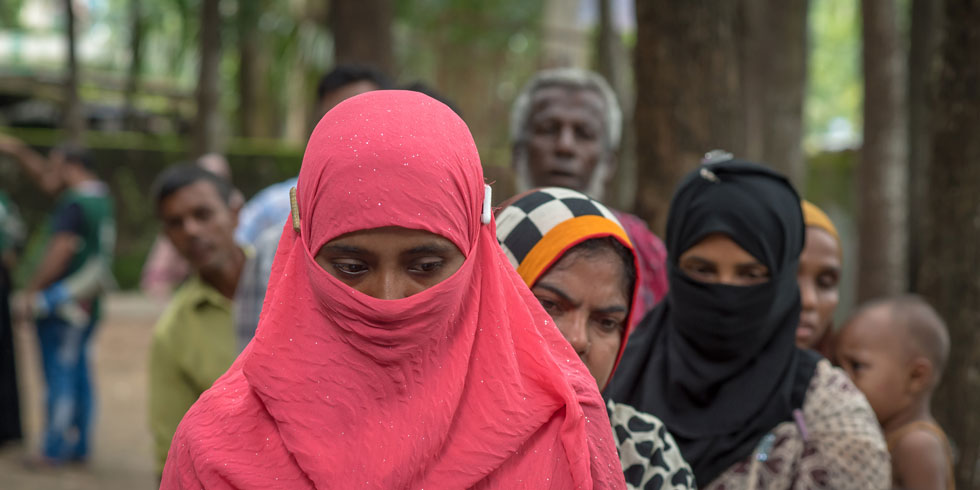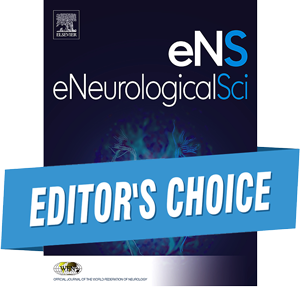Advocacy for patients with headache disorders [eNS31 Editor's Choice]
29 Jun 2023

Image: iStockphoto.com
Authors: Riadh Gouider, Deborah Henschei Lorenz, Audrey Craven, Wolfgang Grisold, David W. Dodick
 Editor's Choice
Editor's Choice
eNeurologicalSci, REVIEW ARTICLE | Volume 31, June 2023, 100466.
Open Access
DOI: https://doi.org/10.1016/j.jns.2023.120609 ⧉
Highlights
- Primary headache disorders are worldwide highly prevalent and burdensome.
- Patients still struggle to receive satisfying care, especially in Low and Middle Income Countries (LMICs).
- Articulated centered advocacy efforts yielded improvements in wealthier countries.
- The situation is more challenging in LMICs where headache advocacy is urgently needed.
- LMICs can benefit greatly from coordinating advocacy efforts on a global scale.
Abstract
Primary headache disorders are worldwide highly prevalent and burdensome and should be therefore considered as a global public health priority. However, too many patients with primary headache disorders still do not receive satisfying care. The most likely identified reasons for such a scenario - lack of public awareness, stigma, lack of trained professionals with inadequate healthcare systems and policies - are remediable.
Despite the progresses that were made in headache advocacy, these efforts have not yielded substantial improvements in research funding or access to specialty care and even standards of care. The situation is more complex in Low and Middle Income Countries (LMICs) where headache advocacy is urgently needed given the magnitude of the difficulties that patients with primary headache disorders face in accessing care.
The growing emergence of coordinated, collaborative, patient-centered advocacy efforts with improved patient-clinician partnership is an opportunity to enhance progress in advocacy for a satisfying life and optimal and equitable care for people with primary headache disorders. LMICs can benefit greatly from coordinating these efforts on a global scale. The recent organization of a training program on headache diagnosis and management for healthcare professionals in Africa is a concrete example.
Web design by Tribal Systems








